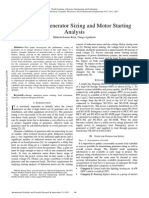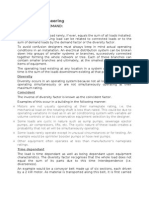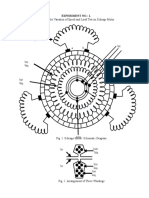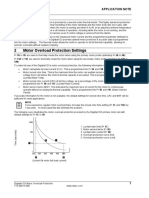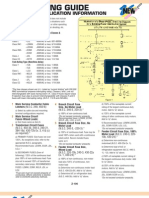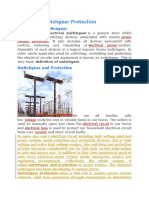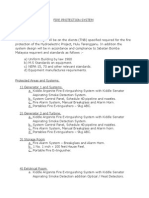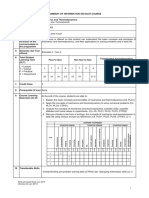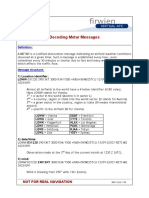100% found this document useful (1 vote)
108 views16 pagesMotor Protection
The document discusses motor protection during starting and normal operation. During starting, it can discuss adiabatic heating, number of starts, blocked rotor protection, and motor start protection. During normal operation, it discusses thermal stability classes and uses a thermal replica model to represent motor heating as an electrical circuit analogy using temperature, thermal energy, and time.
Uploaded by
Ahmad HamoudaCopyright
© © All Rights Reserved
We take content rights seriously. If you suspect this is your content, claim it here.
Available Formats
Download as PPT, PDF, TXT or read online on Scribd
100% found this document useful (1 vote)
108 views16 pagesMotor Protection
The document discusses motor protection during starting and normal operation. During starting, it can discuss adiabatic heating, number of starts, blocked rotor protection, and motor start protection. During normal operation, it discusses thermal stability classes and uses a thermal replica model to represent motor heating as an electrical circuit analogy using temperature, thermal energy, and time.
Uploaded by
Ahmad HamoudaCopyright
© © All Rights Reserved
We take content rights seriously. If you suspect this is your content, claim it here.
Available Formats
Download as PPT, PDF, TXT or read online on Scribd
/ 16

